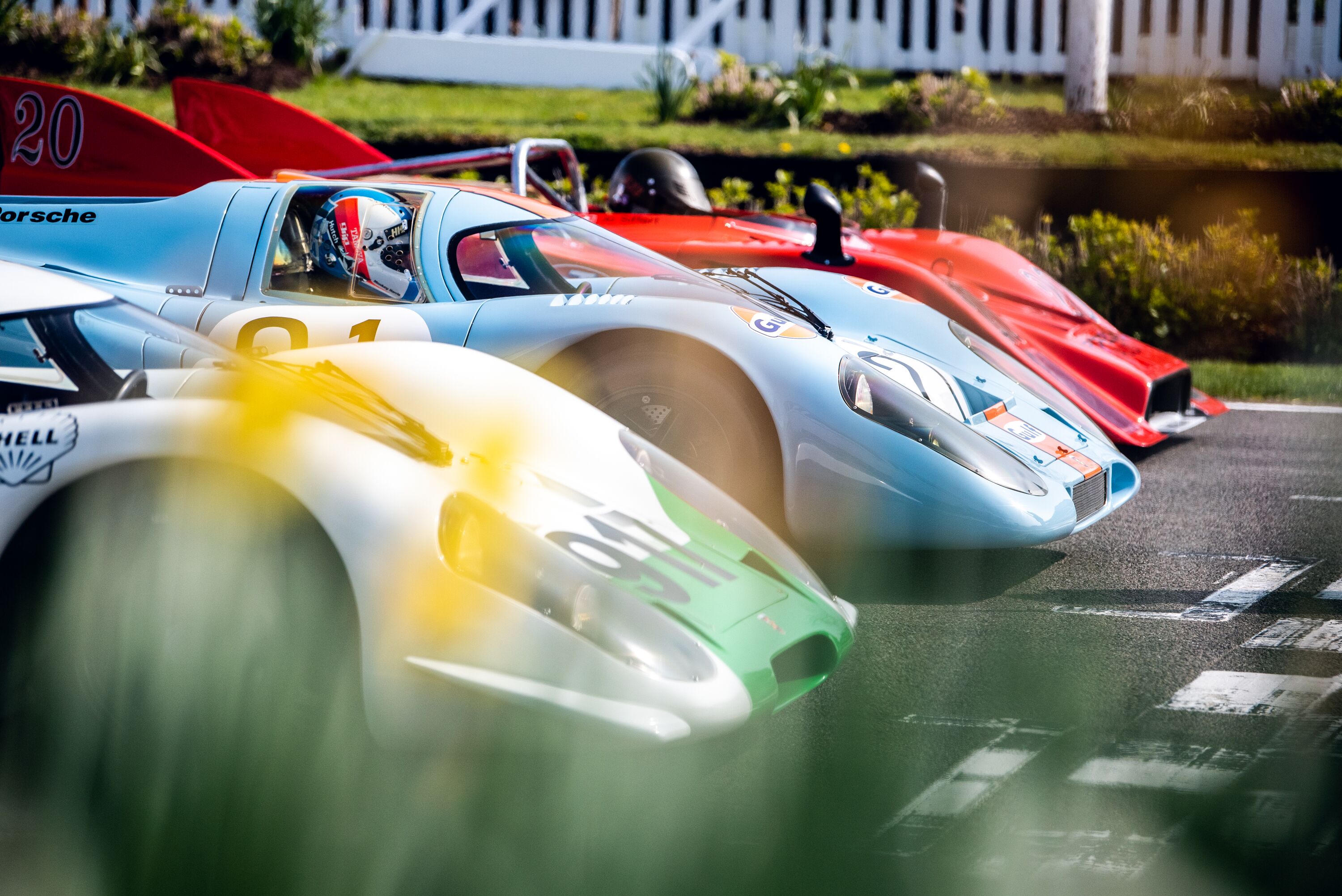The 10 best BTCC cars – 1958-1988
As 2018 marks the 60th year of championship touring car racing in the United Kingdom, we had the office touring car nut collate a shortlist of the all-time greats.

Here, then, are the ten best cars from the first thirty years...
Austin A105 (Westminster)
The first car to ever own the title of “championship-winning” in Great Britain (although the title was actually won in a Riley One-Point-Five..), the Austin A105 served Jack Sears well in the inaugural year of the British Saloon Car Championship. Having already taken seven class wins that year, including the non-championship support race for the British Grand Prix, Sears and the Austin needed to win with the fastest lap to tie with Tommy Sopwith and take the championship to a tie-breaker. He did and set up one of the most thrilling ends to a British Saloon Car season in only the championship’s first year.
Jaguar 3.4
Jaguar came so close yet so far in the very first year of the championship. Tommy Sopwith totally dominated Class D with his Jaguar in the inaugural BSCC season, winning all but one race having blown a tyre at Mallory Park – although he still took home the bonus point for the fastest lap. The power Jaguars continued their run into 1959, with Ivor Bueb, Sir Gawaine Baillie and Jack Sears sharing the spoils across the course of the season. Baillie was the only Jaguar driver that year to compete in round he was eligible for, but owing to coming home behind Bueb and Roy Salvadori in the first three rounds ended up five points shy of eventual champion Jeff Uren.
Mini Cooper
Arguably one of the most iconic and popular touring cars of the 1960s, the Mini took the world by storm. What they lacked in straight line speed they made up for with their ability to fly through the corners. While the world remembers the Mini Cooper for its exploits in the 1966 Monte Carlo Rally, the Cooper-tuned legend first enjoyed motorsport success in the 1961 British Saloon Car Championship in the hands of Sir John Whitmore, in 1962 with John Love and 1969 with Alec Poole. The Mini’s competitiveness continued into the late 1970s, when Richard Longman took the restyled Mini 1275GT to a brace of championship-winning seasons in 1978 and 1979
Lotus Cortina
It’s hard to think of 1960s saloon car racing without thinking of the Lotus Cortina. The Cortina became a regular sight at the sharp end of saloon car races around the world and seeing a four-wheel drift or the front inside wheel off the tarmac was part and parcel of going to a saloon car meeting. Jim Clark ensured the Cortina had its place in British Saloon Car history when he romped to overall honours in the 1964 BSCC season. The only race that year that Clark didn’t win was the non-championship support race to the British Grand Prix as he was a little bit busy winning the Grand Prix itself.
Ford Galaxie
Whereas David took home many of the spoils in the early ‘60s, Goliath finally had his day in 1963. Making the most of the unlimited size allowance for engines in Class D, the Galaxies arrived at Silverstone and immediately put their stamp on the championship. The dominant Jaguar Mk II, which had clocked up an impressive 20-race winning streak was pushed aside by Jack Sears in the John Wilment Automobiles Galaxie. The Jaguar would not return to the top step again that year, with top names such as Clark, Gurney and Brabham bringing home the silverware. It would not be until Oulton Park in 1964 that the Galaxie was beaten, following a tremendous drive from Jim Clark in a Lotus Cortina.
Sunbeam Imp
Going into the 1970 season, Frank Gardner would have been feeling fairly confident that his new TransAm Mustang would be exactly what he needed to take his third BSCC title. What was not expected was how successful the Imp was going to be in the 1000cc category. It was, simply put, unstoppable. A Sunbeam, or Hillman, Imp won every single race of its class from the first round of 1970 all the way up until the fourth meeting of 1973. Bill McGovern, entered by George Bevan, was the best of the Imps and paved the way for McGovern to become the first ever three-time winner of the BSCC, and doing so in style with consecutive titles in 1970, ’71 and ’72.
Triumph Dolomite Sprint
The Dolomite Sprint brought Triumph success as soon as it stepped foot into the British Saloon Car paddock. Andy Rouse taking pole and winning at its debut race at Mallory Park in 1974. Rouse only missed out on winning the championship outright due to a thermostat problem causing him to be disqualified from the Silverstone Martini Trophy. Rouse made up for it in 1975, but his title did not come without controversy. Rouse and team-mate Muir had planned for a staged finish, with the former passing the latter on the final lap to take the final points needed to win the title. What they hadn’t planned was the yellow flag on the final corner, meaning technically Rouse’s move was illegal. No protest was lodged, and then-BARC chief Sidney Offord proclaimed “this is showbusiness, lets face it.”
Mazda RX-7
Having started in the mid-‘70s with BMW 3.0 CSLs, Tom Walkinshaw Racing was contracted by Mazda to head up its works effort for the 1979 season. A strong showing in that year saw Walkinshaw himself take the RX-7 to second in the standings. Signing Win Percy for the 1980 season proved a stroke of genius for Walkinshaw, and the rotary engine took Percy to two consecutive championships.
Rover SD1
The Rover SD1 was absolutely dominant in the mid-1980s, including taking victory in every single race in the ’83 season. Unfortunately, Rover found themselves with zero silverware from that year after a long legal dispute between Tom Walkinshaw Racing – who run the SD1s – and Frank Sytner, who had left TWR in less-than-amicable circumstances the previous season. The result of the tribunal caused Rover to withdraw from the BSCC and the Rover name was never seen again in the British championship. Andy Rouse, who inherited the ’83 title, privately ran an SD1 in ’84 to much success, winning all but four races, retiring from one and finishing second in the rest.
Ford Sierra RS500
Although overall honours would have to wait until 1990, the RS500 was the car of the late ‘80s, and some of the greatest moments in BTCC history came with RS500s taking centre stage. Possibly the most exciting battle to ever grace a British Touring Car meeting was that of the 1983 duels between Steve Soper and Andy Rouse in their respective Ford steeds. Soper only competed in three races that year – Thruxton, Brands Hatch and Donington Park – and in each of those three rounds, the would’ve-been 1983 champion could be found swapping positions with Rouse at the sharp end of the field. The Brands Hatch race goes down in history as one of the greatest BTCC battles of all time.
Photography courtesy of LAT Images
btcc
BTCC 60
BSCC









































